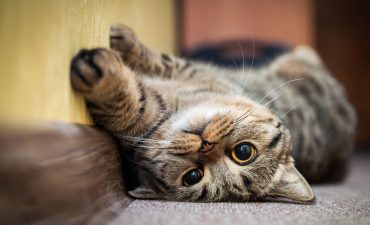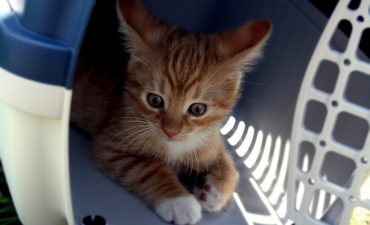Purring is most commonly seen in the felids of all species, raccoon and other animals. We can say that it is a type of cat’s communication. It was believed that felis genus cats can only purr but it is not true all cats can purr like panthera genus (tiger, lion, jaguar and leopard) purr while exhaling. Large cats even cheetah can purr.
Animal behaviorists say that a kitten purr and tell its mother that “everything is fine†while the cat is nursing the kitten because a kitten cant meow or nurse at that time so by purring he conveys the message to mother cat and in return the cat also purr to reassure the kitten.
When the old cats are playing they purr when another cat comes near them they purr to show the friendly behavior and tell the other cat that she will not harm. During the cats purring we cannot hear the sound of heart and lungs. Almost all cats stop purring near the running water.
Another reason for the cats to purr is when they are afraid, distressed, sick or injured. They also purr when experiencing severe pain or going to die. It is believed that by purring cats reassure her that everything is fine and try to clam herself. Some people say that purring is essential for the cats health.
Some people’s study says that while purring the voice box nerves are involved which give signals and the throat vibrate. Push of air in and out in the vibrating cords produce a sound like hum called purring. While Neils C Pederson, veterinarian says purr of cats is a voluntary action within the central nervous system and can purr whenever they feel like. One other study says that the sound is produced by vibrating blood vessels instead of voice box.
Loudness, tone, pitch of purr varies from one cat to another. Purr of domestic cats are in 22.4 to 30.2 hertz. Purring in some cats become to vibrate and on the other hand some cats purr so slowly that we can feel vibration only on their throat and some cats even hiss and meow simultaneously with a purr.






